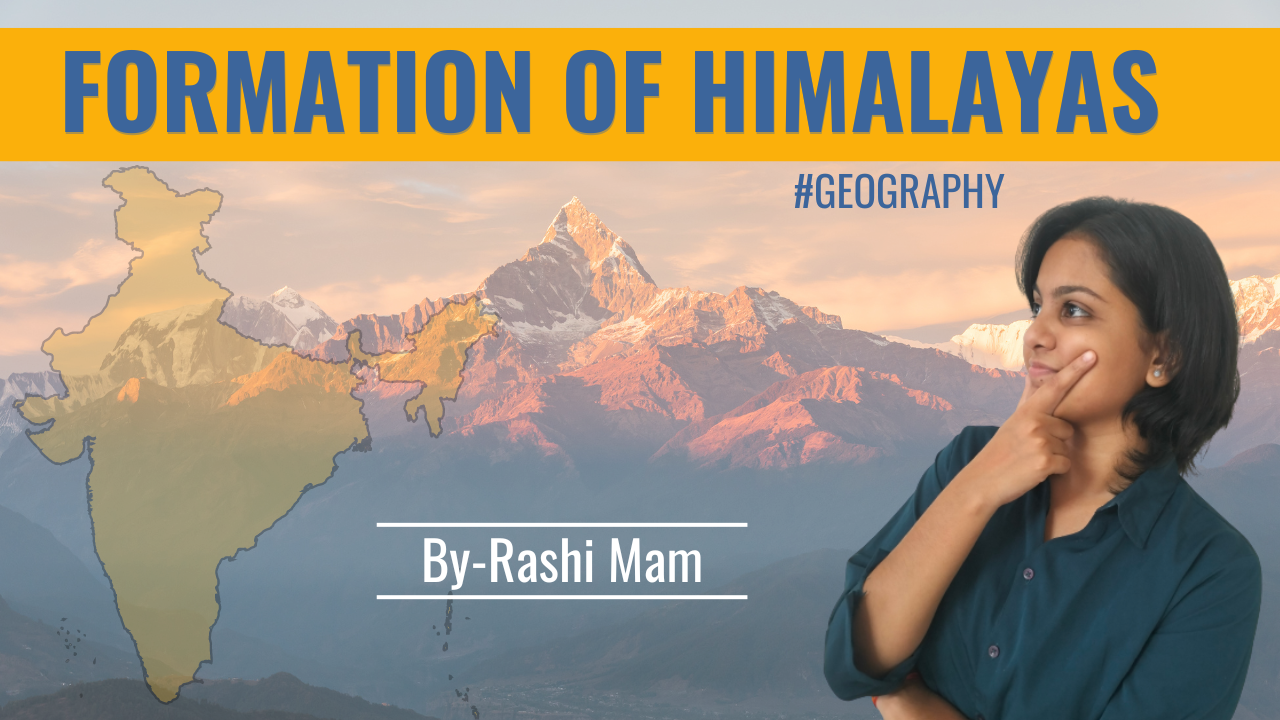Around 50 million years ago, the Indian subcontinent was a separate landmass that existed south of the equator. It was situated in the southern hemisphere, near what is now Australia. Over millions of years, the Indian plate began moving northwards at a relatively rapid pace of about 15 centimeters per year. As the Indian plate moved towards the north, it encountered the Eurasian plate. When the Indian plate met the Eurasian plate, it started to subduct, or slide beneath, the Eurasian plate. However, unlike the typical subduction process where one plate sinks beneath the other, the Indian plate was relatively light and buoyant due to the presence of thick continental crust. As a result, instead of subducting, the Indian plate crumpled and folded upon itself, forming a massive mountain range. You can learn various facts like this in detail through home Tuitions.

